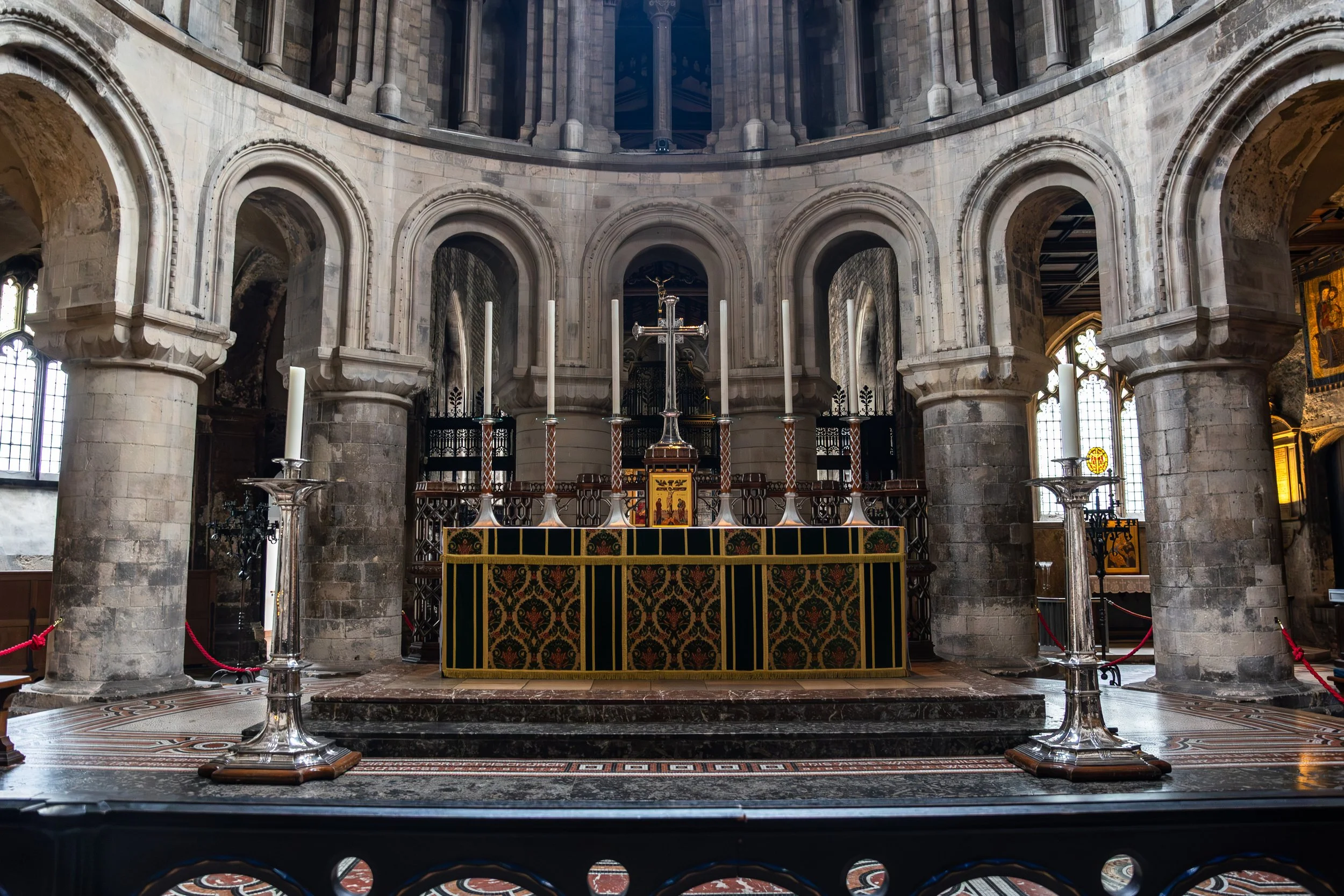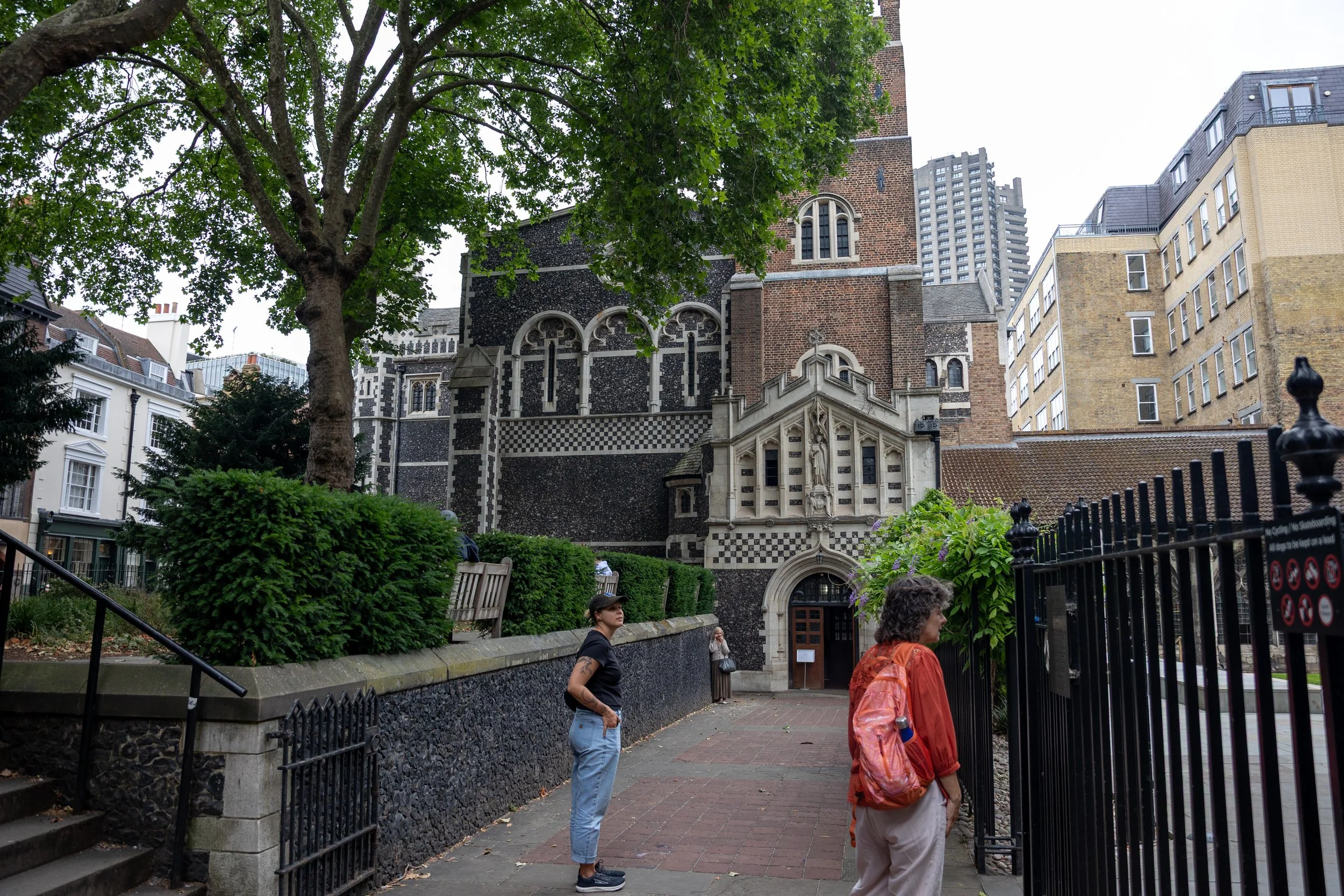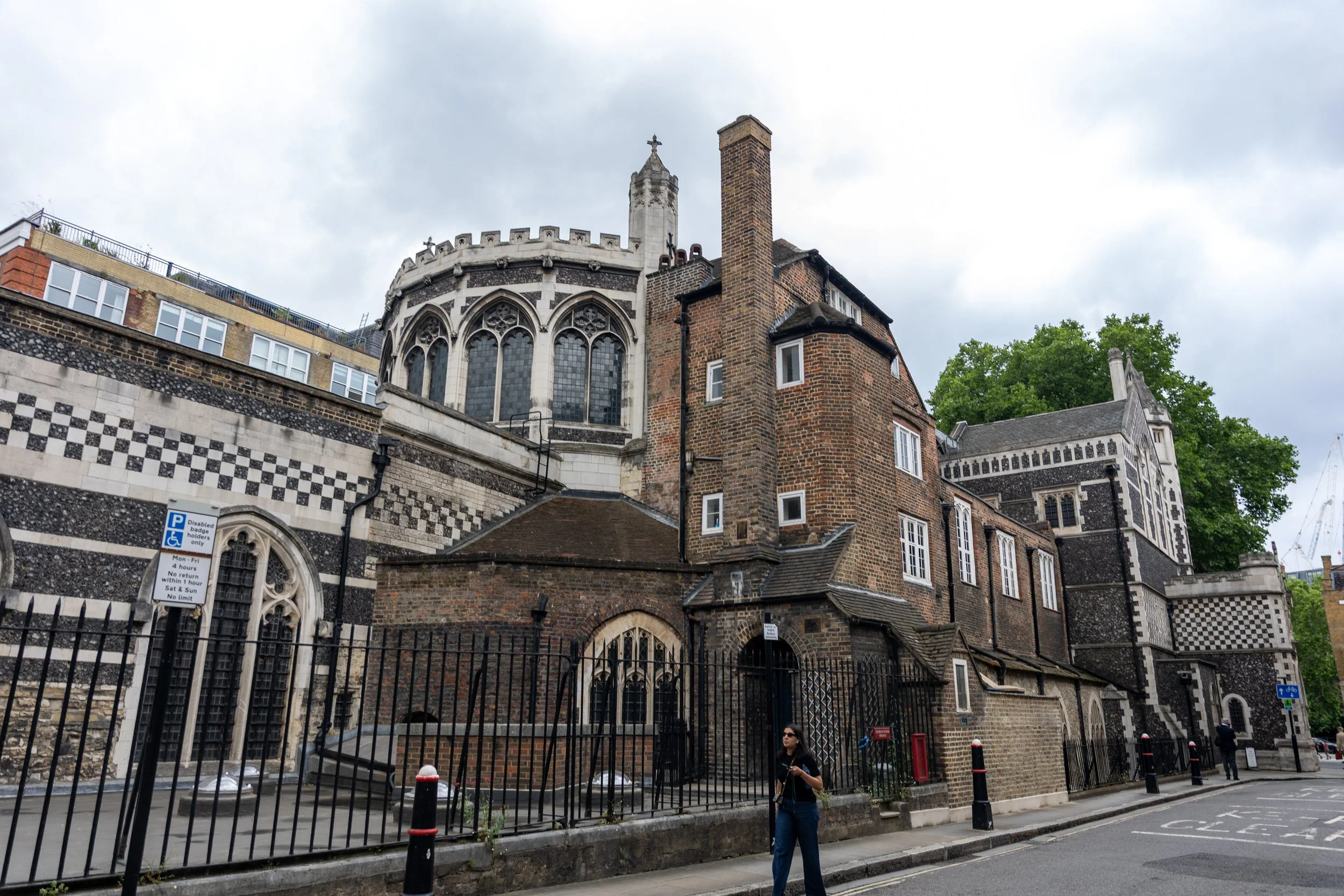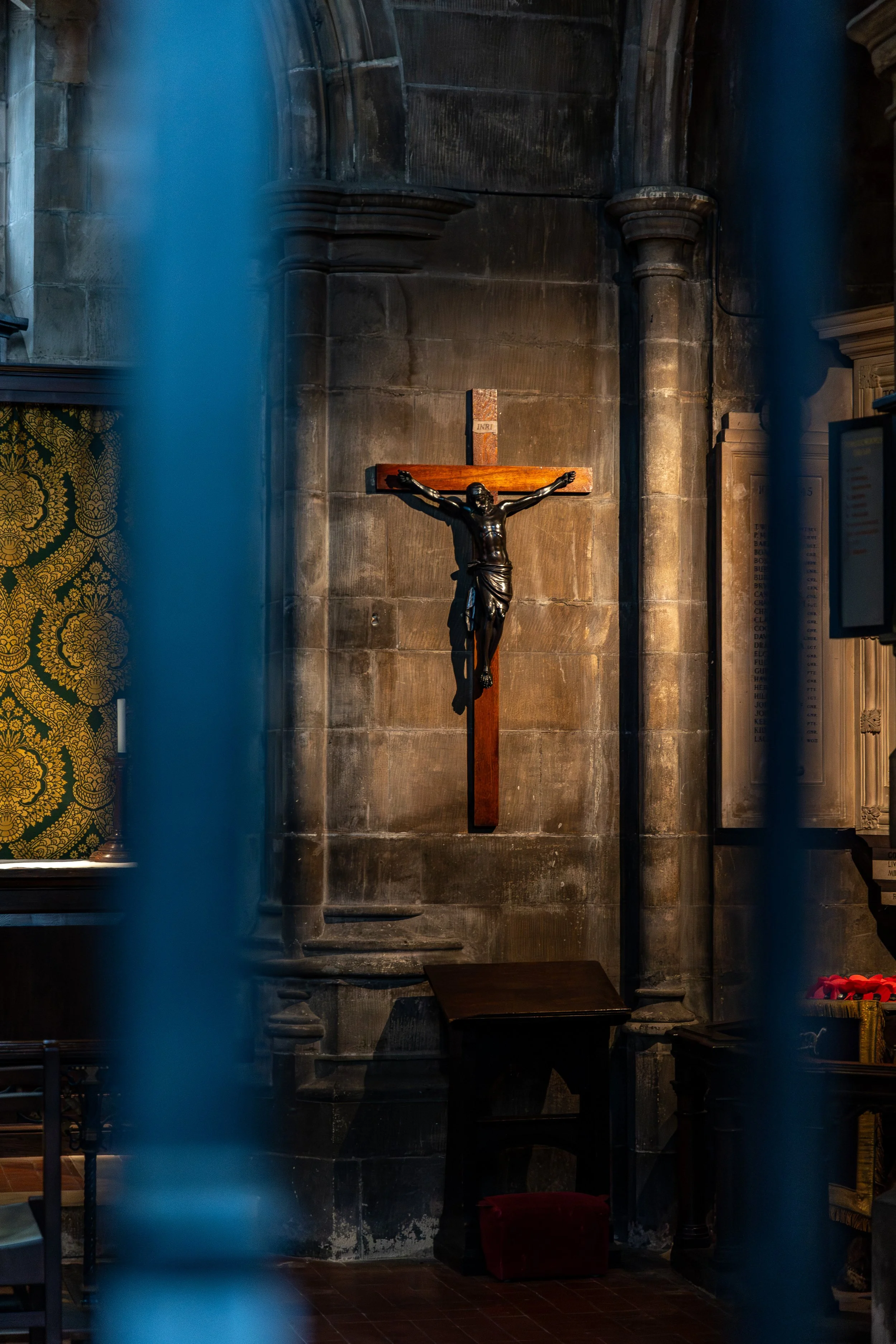A Brief British History - The Mousetrap, Christopher Wren’s Cathedral & St. Bart’s
On the eve of a blizzarding storm in the timeless present of the English countryside, a young married couple open their inherited inn to five idiosyncratic guests who become suspects of murder.
One of the must-sees on my trip to London was the longest-running play in the world—Agatha Christie’s The Mousetrap, showing night after night for 73 years with its only ever break during the COVID-19 pandemic. The play originated from Christie’s 20-minute BBC radio show, “Three Blind Mice,” written for Queen Mary’s 80th birthday. Five years later with a plot and characters flush for the stage, The Mousetrap debuted at the Ambassadors Theatre on November 25, 1952.
Without missing a single show, in March 1974, the troupe moved the entire production five minutes down the lane to the St. Martin’s Theatre—where I sat in its heavy-velveted maroon proscenium for the whodunnit’s 30,134 performance 50 years later. What’s most beloved about the queen of mystery’s story is its quintessential Englishness—running a bed and breakfast, encountering eccentric personalities, and involving Scotland Yard because the whole thing turned into a bloody mess. One of the more flighty guests staying at Monkswell Manor, Christopher Wren, says he was named after “the famous architect,” a clever reference to the real person whose building I photographed the next day.
St. Paul’s Cathedral
Exterior of St. Paul’s Cathedral in London, United Kingdom. (Marina Black Media)
Like most of London, many of its notable buildings and significant sites have had to be restored or completely rebuilt after damages were caused by other events in history’s textbooks. In the case of St. Paul’s Cathedral, it was first consecrated in 604 CE under the inaugural Bishop of London, Mellitus. They were a missionary supporting the Archbishop of Canterbury’s evangelical crusade to convert pagan Anglo-Saxons to Christianity, despite the fall of the Roman Empire where it was began.
A different angle of St. Paul’s Cathedral. (Marina Black Media)
A thousand years later, in the dawning hours of September 2, 1666, a spark from the baker’s shop on Pudding Lane is believed to have ignited flames lasting three days, destroying thousands of homes and warehouses. Remembered as the Great Fire of London, it burnt 87 churches, including Old St. Paul’s Cathedral, which was already under restoration with repair advice from the visionary architect, Christopher Wren.
After the devastating fire, Wren looked at the charred remains and said, “The Cathedral is a pile for ornament and for use. It demands a choir, consistory, Chapter House, library and preaching auditory.” Using its original stones and sketching designs approved by King Charles II, Wren rebuilt St. Paul’s, which was sometimes criticized as not being traditional enough. Influenced by English Baroque architecture, Wren recreated the cathedral on a grander scale with exaggerated lines, curved shapes, and rich colours, most notable for its triple-dome structure.
Whether or not you are religious or practice religion, St. Paul’s Cathedral is one of the many remarkable sites to see in London. I didn’t go in, but I did go inside the oldest standing cathedral in London.
St. Bartholomew The Great
He was skinned alive, tortured to death as one of Jesus’ twelve apostles after preaching the gospel. St. Bartholomew was accused of trying to convert the King of Armenia to Christianity, who responded by flaying and beheading the preacher. The New Testament, written around the middle of the first century, only mentions St. Bart four times, so little is known about the martyr. Yet his story lives on in London’s oldest surviving parish church.












Founded in 1123, St. Bartholomew the Great was the product of Rahere, a former jester in the court of King Henry I, who went on a pilgrimage to Rome and fell mortally ill. During his feverish dreams, Rahere saw St. Bart in a divine vision, commanding the courtier to build a hospital. When he returned to London, Rahere convinced the King to endorse his new venture, providing refuge for the sick and destitute at St. Bartholomew’s Hospital. On this spiritual journey of physical healing, Rahere found priesthood and constructed an Augustinian priory adjoining the Hospital on the same foundation. As the founding father of St. Bartholomew’s, it was said his touch alone could cure the sick.
Whether that’s true or not, Rahere’s courage, compassion, and devotion—from a court jester turned pilgrim, turned healer and saint—lives on in his architecture. The priory’s stone walls protected the church from the Great Fire of London. It was missed by the Germans’ Zeppelin bombs in World War I, and the Reverend Newell Wallbank kicked incendiary bombs off the church’s roof during World War II.
As a result, it continues its 900-year history as a place of Anglican worship, and more recently as a film set for Nottingham Cathedral in Robin Hood: Prince of Thieves (1991), St. Julian’s church where Charles has second thoughts in Four Weddings and a Funeral (1994), and the crypt of St. Paul’s Cathedral in Sherlock Holmes (2009) where Lord Blackwood’s black magic ritual is interupted. It has even acted as the backdrop for Thor’s dreams of Asgard in The Avengers: Age of Ultron (2015).
Entrance to St. Bartholomew the Great. (Marina Black Media)
It can be difficult to imagine a place or its significance without experiencing it for yourself. Films, documentaries, books and blogs, and even speculative fiction can help transport your imagination into the past. Yet if you have the opportunity, stop to sit in a pew, indulge in local culture, or listen to someone’s retelling of events—you may find yourself closer to history than you expected.
To be continued…






